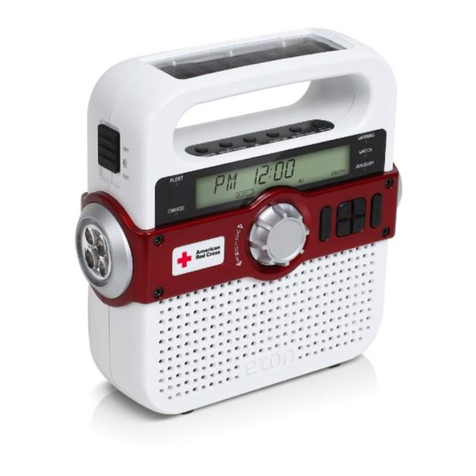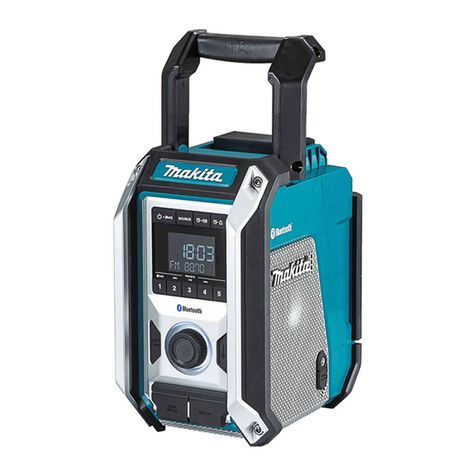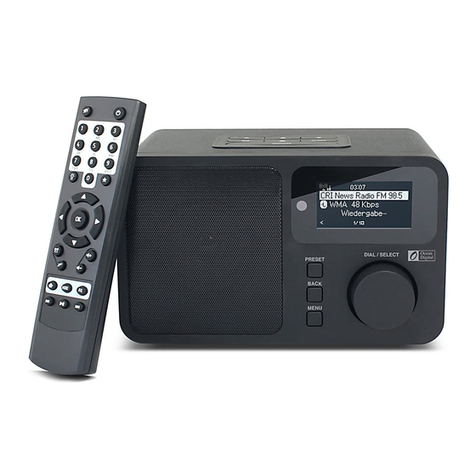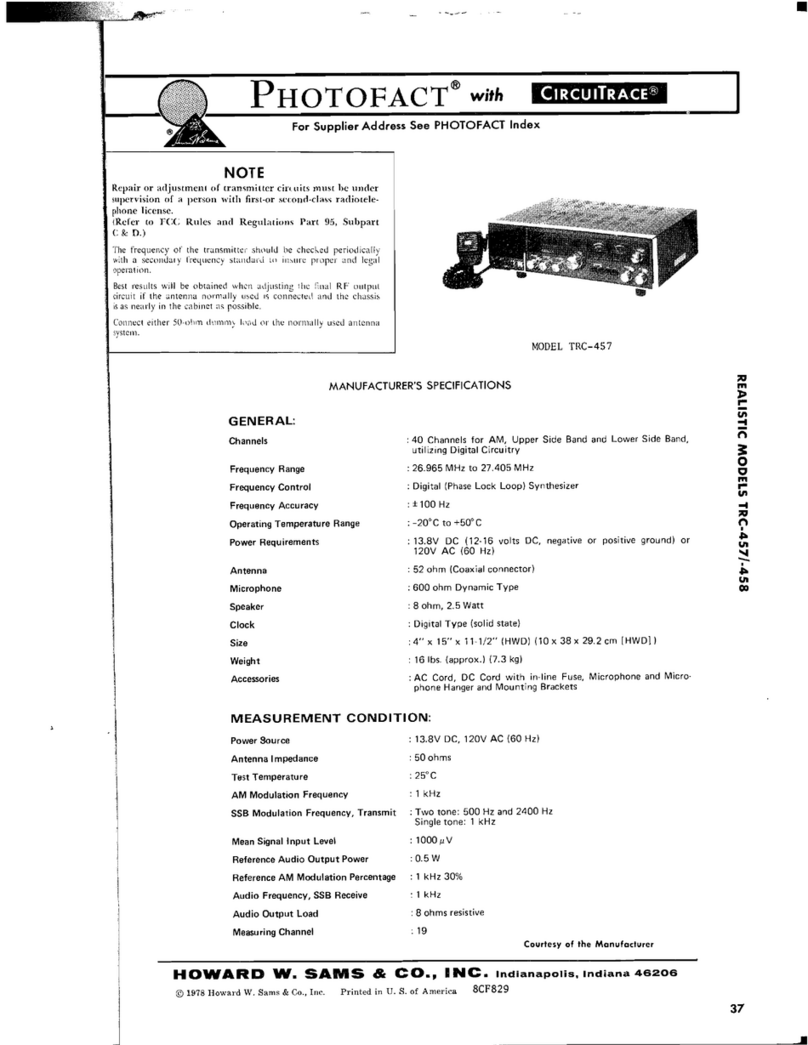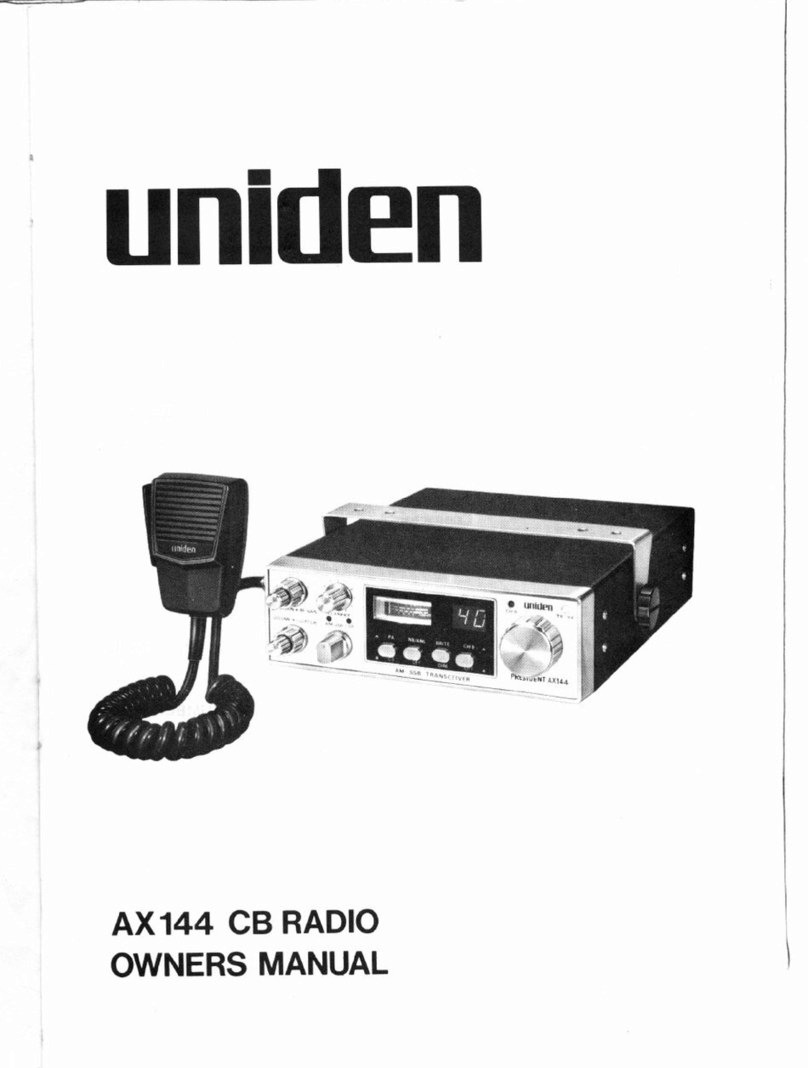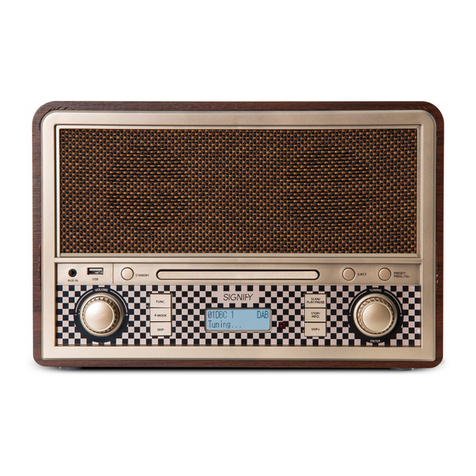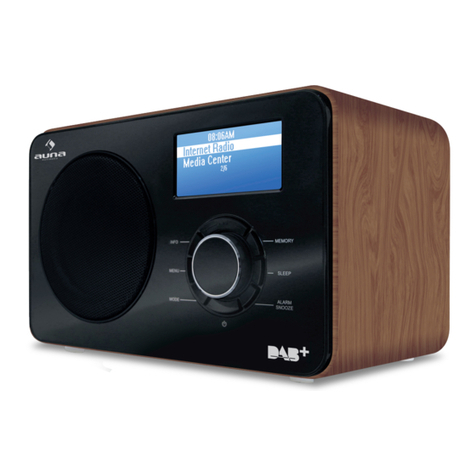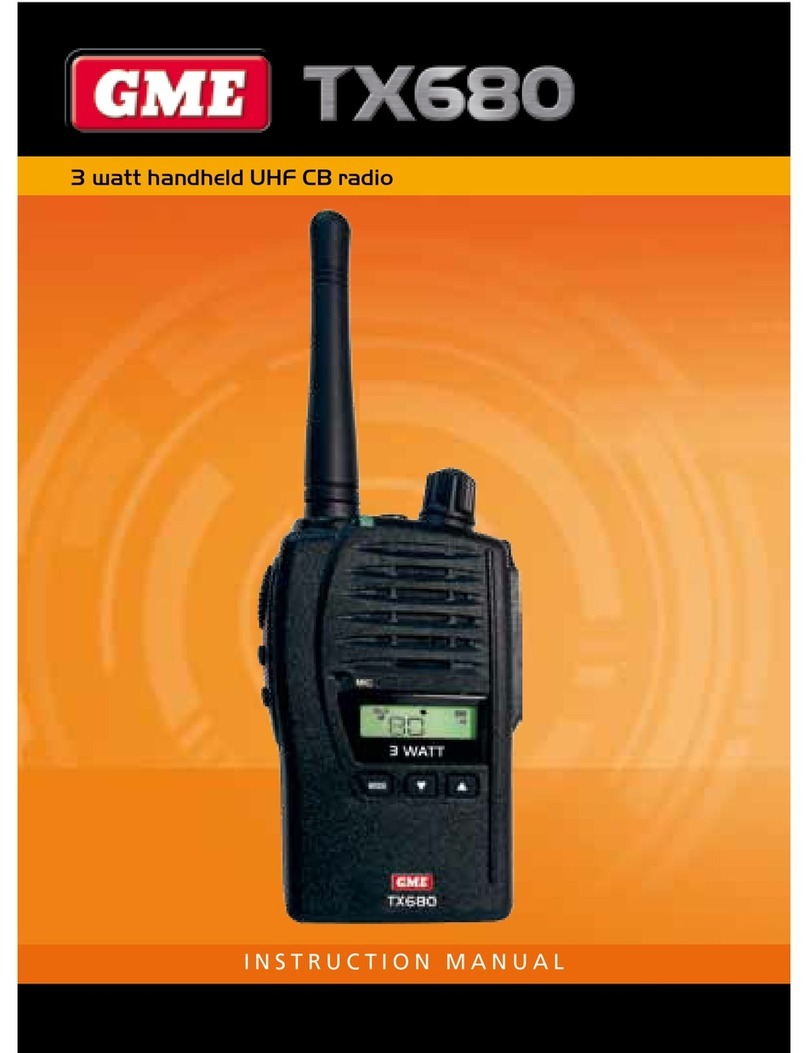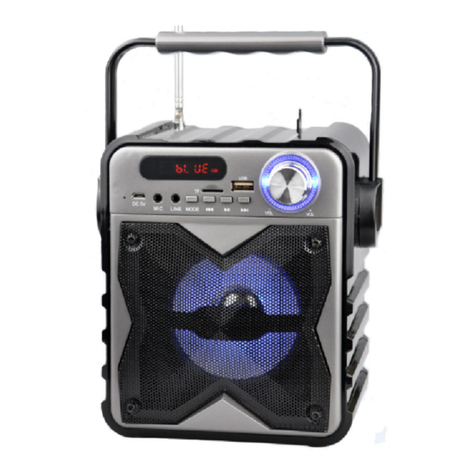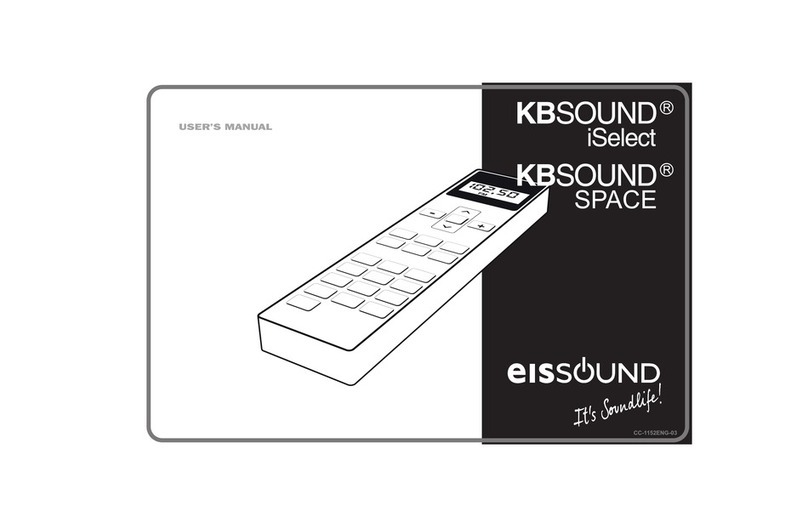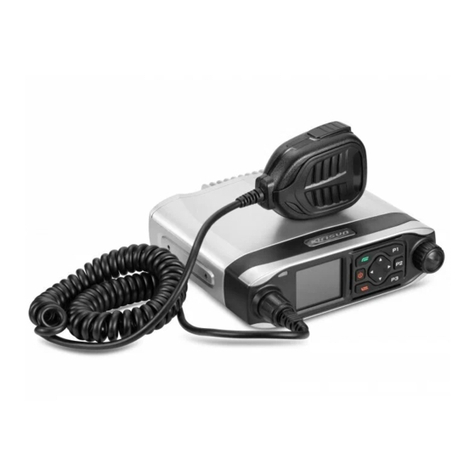Eton G1000A Operating instructions
Other Eton Radio manuals
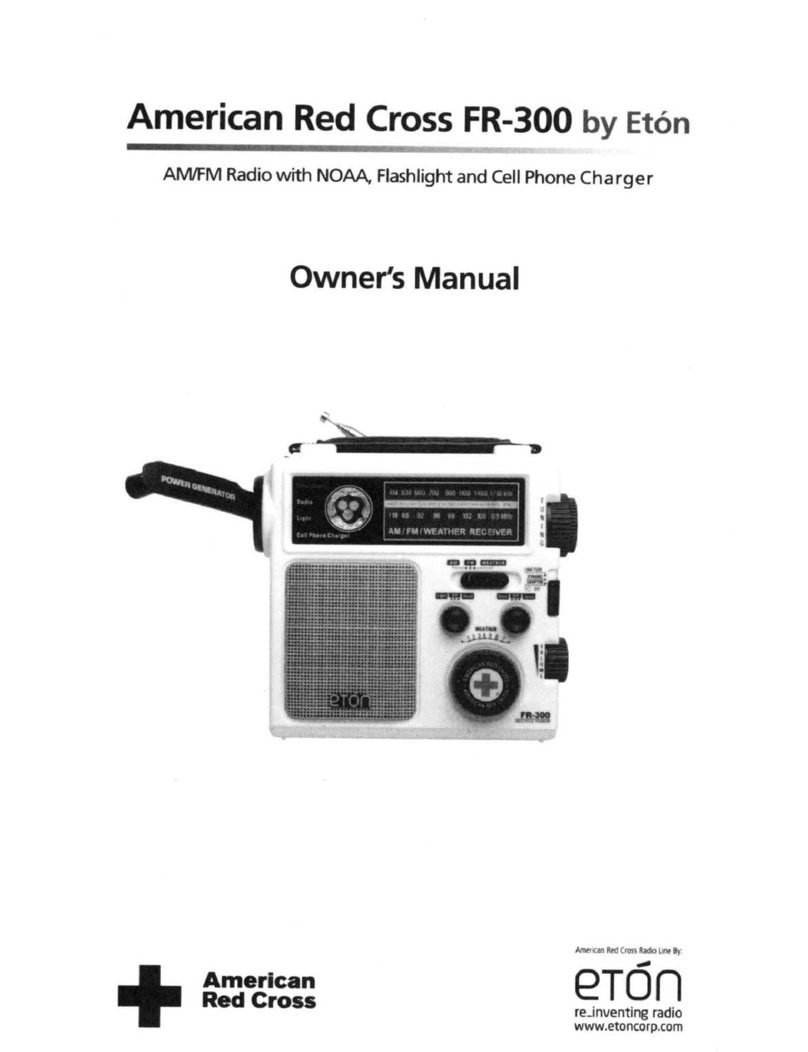
Eton
Eton FR-300 User manual

Eton
Eton GRUNDIG Globe Traveler G3 User manual

Eton
Eton FR-300 User manual

Eton
Eton SOUND 140 CONCERTO User manual

Eton
Eton SolarLink FR600 User manual
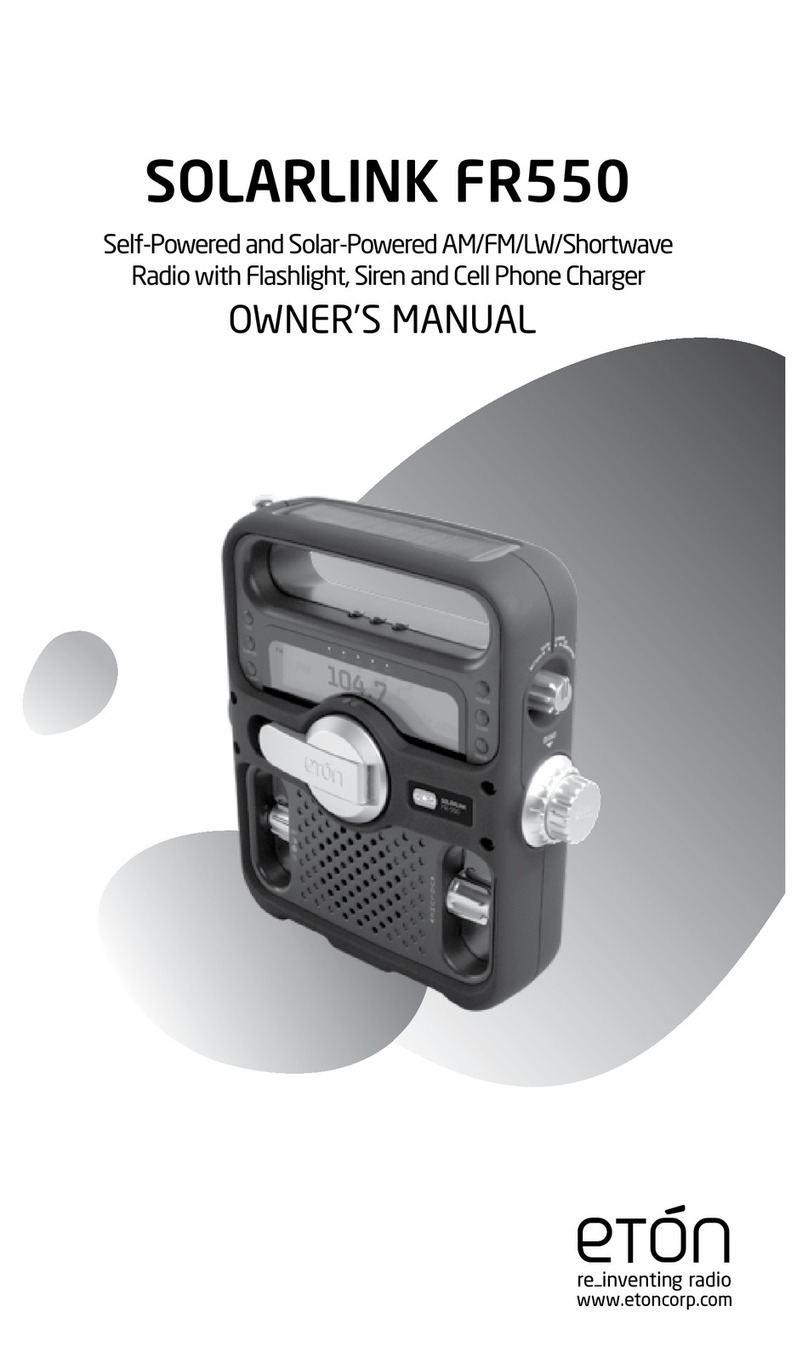
Eton
Eton Solarlink FR550 User manual

Eton
Eton SCORPION - User manual

Eton
Eton American Red Cross FR350 User manual
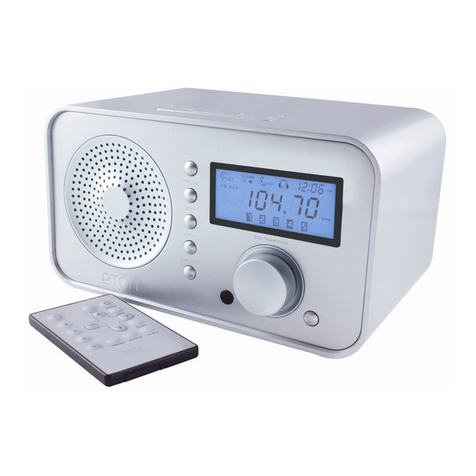
Eton
Eton Sound 100 User manual
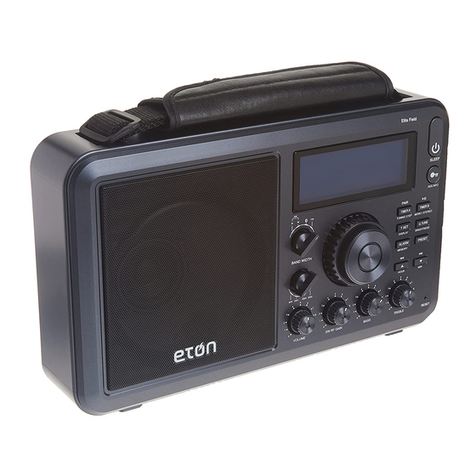
Eton
Eton FIELD BT User manual

Eton
Eton FR250 User manual

Eton
Eton Field Owner's manual
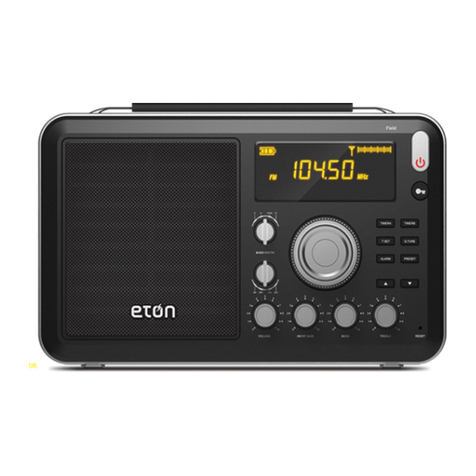
Eton
Eton FIELD RADIO 550 User manual

Eton
Eton Traveler III User manual
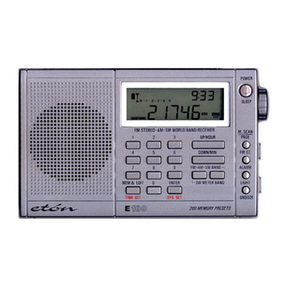
Eton
Eton E100 User manual

Eton
Eton Mini Owner's manual
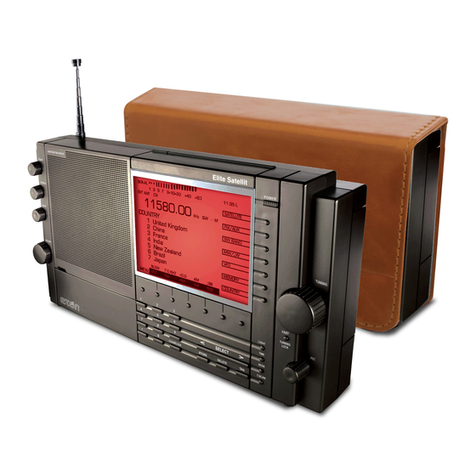
Eton
Eton ELITE SATELLIT User manual
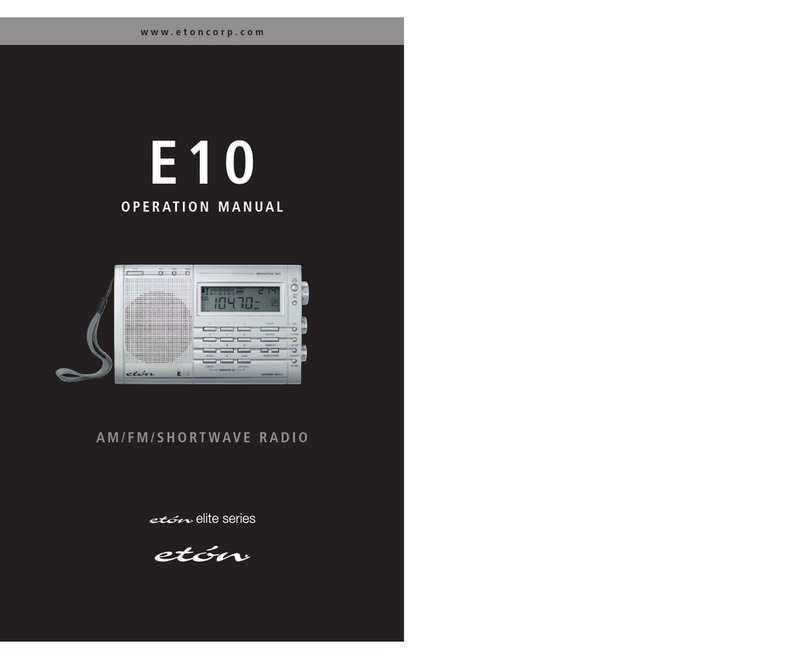
Eton
Eton Elite E10 User manual

Eton
Eton SOLARLINK FR500 User manual

Eton
Eton Traveler III User manual


